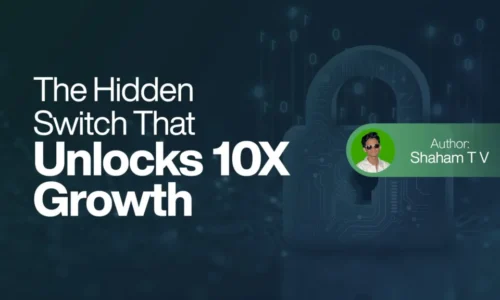The Tug-of-War: Privacy vs Personalization in Digital Marketing
Ah, digital advertising—the wondrous world where advertisements know you better than your best friend. Ever had a time where you just happen to mention that you need a new pair of shoes, and all of a sudden your browser is bombarded with advertisements yelling, “BUY NOW!”? No way. More like data magic. But here’s the thing: though we adore the convenience of targeted ads, we’re also grasping our privacy like it’s the last piece of pizza at a party.
Welcome to the epic tug-of-war between personalization and privacy in online marketing. Let’s jump into this paradox with humor, a dash of sass, and a whole lot of relatability.
Table of Content
The Creepy Cousin of Personalization
Let’s be honest—personalization can be freaky. You remember when you just mentioned a product, and suddenly, here’s an ad for it? You were surely thinking, “Is my phone listening to me?” (Spoiler alert: 55% of Americans believe it is!) Although tech titans insist they’re not snooping, the creepy specificity of some ads has all of us wondering if we’re starring in a dystopian Netflix show.
Consider the notorious “mortuary gift basket” debacle—a customized marketing disaster so monumental it should have its own sitcom episode. Or the Tinder prank during the Winter Olympics, where athletes’ profiles were made into PR gold. Hilarious? Yeah. Creepy? Definitely.
Consumers: The Walking Contradictions
Here’s the paradox: we want targeted ads but don’t want advertisers to know anything about us. It’s like saying, “Hey, surprise me with my favorite cake, but don’t ask me what flavor I like.
A poll found that almost half of shoppers value privacy over personalization. Baby Boomers are at the forefront of stating, “Keep your paws off my data,” and Millennials are just a little more laid-back—most likely because they’ve already given up on keeping their lives private on Instagram. However, 62% of individuals will feel neutral or have positive sentiments toward targeted advertisements when executed properly. So why is that?
The solution is in trust—or mistrust. Almost 46% of customers feel that their information is sold quicker than tickets to Taylor Swift’s Eras Tour. Transparency is the way forward. If brands are able to detail what they do with data without coming across as sleazy used-car salesmen, customers may just open up a bit about their privacy.
The Goldilocks Zone of Personalization
So how do we marketers find that golden spot? Step into the Goldilocks Zone—not creepy, not boring, just perfect. Here are some golden principles for making personalization delightful rather than distressing:
Transparency is Sexy
Get honest about how you gather and utilize data. Consider it a first date—honesty is the best policy when gaining trust.
Consent is King
Always request permission to gather data. No one likes an unwanted visitor at their virtual dinner table.
Don’t Be a Stage-5 Clinger
Retargeting ads are okay—until they begin following users on every platform like a crazy ex. Learn when to let go.
Make It Worth Their While
If you’re going to use someone’s data, at least offer them something valuable—like discounts or exclusive deals. Think of it as a fair trade: their data for your awesome offer.
When Personalization Goes Right
Done well, personalization can be enchanting. Picture receiving a promotion for a discount on running shoes immediately after registering for a marathon—relevant and timely! Indeed, 27% of consumers report that personalized promotions with discounts or offers encourage them to act. And let’s not overlook the way personalization introduces us to new brands or reminds us of familiar ones.
Spaces like Facebook and Instagram are great at this game (although TikTok is closing in). They have perfected the balancing act of showing users they matter without entering creepy stalker lands. Well. most of the time.
The Future: Privacy-First Personalization
With laws such as GDPR and CCPA putting a noose around data collection strategies, marketers are being compelled to think out of the box. The third-party cookie era is falling apart quicker than my New Year’s resolutions, compelling brands to shift to first-party data approaches and AI-powered insights.
But here’s the bright side: all these changes might actually make personalization more effective—not creepy. Brands can win consumers’ trust by keeping practices ethical and transparent, and at the same time deliver meaningful experiences that don’t drive people to toss their phones out the window.
Last Thoughts: Can We All Get Along?
The war between personalization and privacy needn’t be a zero-sum affair. With the right strategy, marketers can craft campaigns that honor privacy while still making consumers feel like VIPs.
So the next time you notice an ad that seems uncannily on point, take a moment to admire the fine dance behind it—and perhaps chuckle at how far we’ve come from generic banner ads for random vacuum cleaners.
After all, in this war between privacy and personalization, perhaps—perhaps—we can all wind up winning… or at least laughing our way to success.
Author Info
Aboobacker KH, a Digital Marketing Expert in Kochi.
Learner Of CDA Digital Marketing Academy in Kochi.




